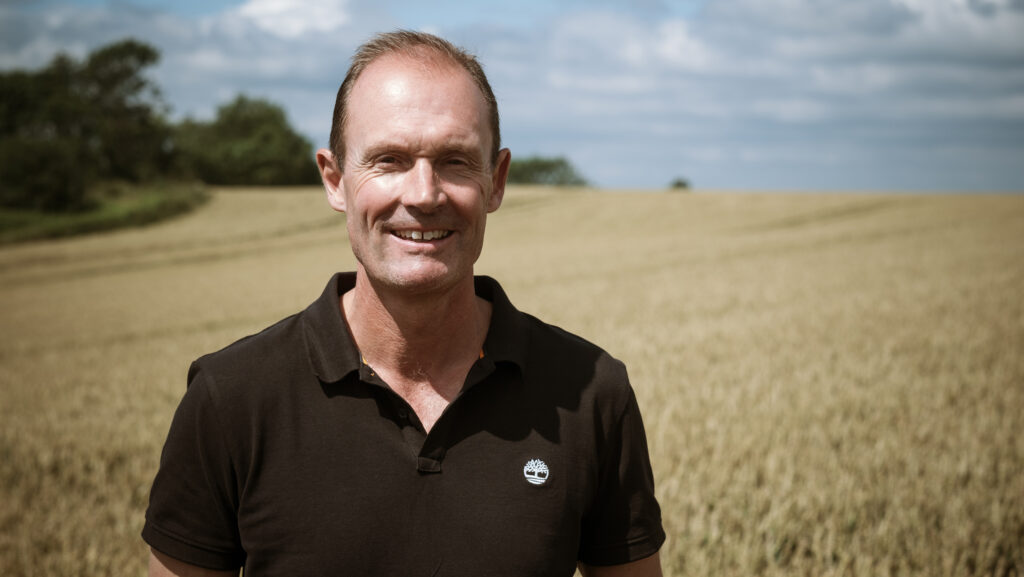Farmer focus: Long-standing questions on variety trials
 Andy Barr © MAG/Colin Miller
Andy Barr © MAG/Colin Miller Last year’s winter wheat drilling was a stressful affair, full of uncertainty about whether to start or hold off, and then a period wondering whether anything would come up at all.
Then wheat harvest wasn’t so great, so this year I went a week earlier, despite the warnings from several agronomists about how frightening Halloween might be if I did.
However, I’m glad we did, as seed-beds were good, stress levels were low, and now everything has come up and the heavens have opened.
See also: High insect activity increases BYDV risk in mild autumn
The oilseed rape is growing well, although the pigeons have arrived early, as have the rooks in the cereals.
They’ve become a bigger problem in recent years, especially on the lighter land.
Niab planted a small area of oats for a variety trial before we drilled our crop around it. The area had to be ploughed to accommodate their drill, which made it a magnet for rooks.
However, the triallists did manage to protect it successfully with rabbit netting, cotton, canes and plastic bags. If only they could cover all of my fields the same way.
I remain unsure about hosting AHDB variety trials. I still believe they apply too many pesticides, selecting varieties that will lock us into higher-input systems.
Back in 2014 I was on a discussion panel at Cereals where we argued this approach, yet little seems to have changed since then.
The latest fungicide protocol for wheat trials available online still lists a hugely expensive five-application regime that no commercial farm would use.
The same goes for cultivations, which are often exaggerated simply to get plot drills to work.
Insects and weeds are eliminated, creating artificial conditions that favour lines performing well only in perfect plots, not in real farming situations.
It’s also concerning that oilseed rape trials struggling in tough seasons are often excluded for statistical reasons – and there are even rumours that untreated plots have been dropped altogether.
Is this really the right way to identify the best varieties for British farmers?


